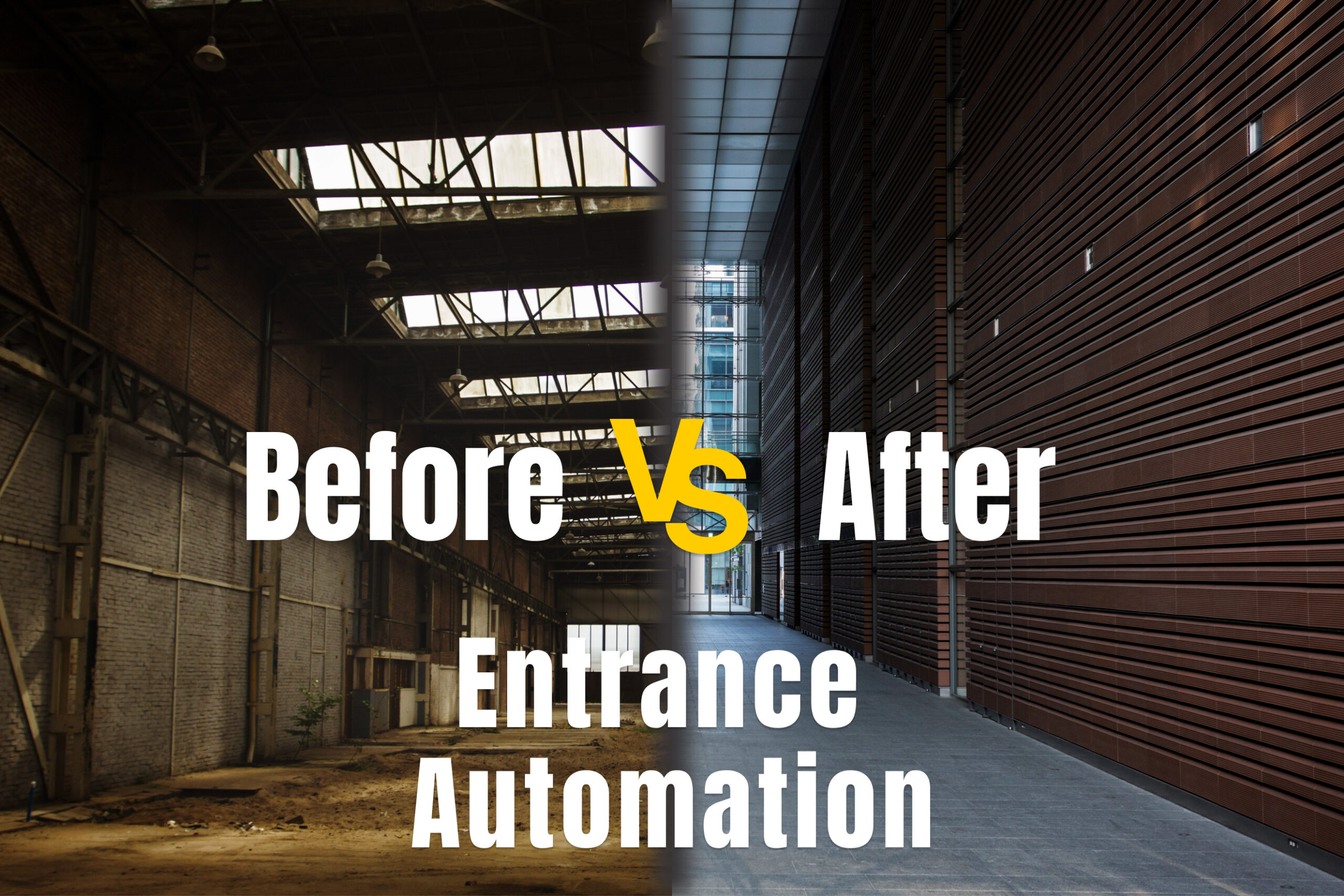Pharmaceutical industry requires high standards for hygiene, safety, and efficiency. A key piece in helping to keep these standards is the high-speed door. These doors are designed specifically for granting quick access while maintaining the integrity of the contamination barrier, temperature control, and increasing productivity. In research labs, production and storage facilities, high-speed doors are critical for ensuring safety and compliance within the pharmaceutical industry.
In this article, we explore the ways in which high-speed pharmaceutical doors simultaneously enhance hygiene, security and operational efficiency without compromising adherence to the strictest industry standards.
Importance Of High Speed Doors In Pharmaceutical Industry
Production and storage facilities must uphold high hygiene and safety standards in the pharmaceutical industry. And contaminations, dust, temperature fluctuations can ruin the quality of drugs and thus incur financial losses, or even concerns of the regulator. Here’s where high-speed doors come into their own:
Contamination Control
Pharma manufacturing areas need cleanroom conditions, with dust, bacteria and airborne particles kept to a minimum. High-speed doors are used to keep potential contaminants out of controlled environments. One major pharmaceutical company, for instance, introduced high-speed doors into its cleanroom facility, which reduced airborne particulate levels by 75% and kept it up to GMP standards. The doors were integrated into automated airlocks, leading to much less contamination risk with improved overall production efficiency. They open and close quickly, unlike traditional doors, limiting the time available for pollutants to enter.
They work together with mechanisms like airlocks and pressure-controlled environments to provide a sterile environment, which is especially important in the manufacturing and packaging of pharmaceuticals, based on reduced exposure and contamination.
Temperature and Humidity Maintenance
Some medicines, and active ingredients in them, need to be kept at specific temperature and humidity levels. High-speed doors can limit air exchange between two rooms, thereby helping maintain a controlled environment. This is particularly crucial when it comes to cold storage environments; when product stability is compromised by the slightest temperature fluctuation.
Incorporating insulated or airtight features, these doors promote energy efficiency by decreasing the burden placed on HVAC systems and minimizing operational expenses.
Regulation Compliance in the Industry
The industry that is also guided by strict regulation and standards such as FDA, GMP (Good Manufacturing Processes), ISO, etc. More information about these regulations can be found at FDA guidelines, GMP requirements, and ISO. High-speed doors not only help facilities comply with these regulations, but also ensure:
- Good separation of production areas.
- Lower risk for cross contamination
- Keeping conditions in the environment where best.
Some high-speed doors, on the other hand, are made from chemical-resistant material, making them easy to clean and disinfect, helping to support compliance efforts.
Increased Productivity and Efficiency
In pharmaceutical operations, speed is everything. Employees often transition between production zones, and slow moving doors can lead to bottlenecks. Wherever they have access they can easily get through and thus high-speed doors enable faster movement of personnel, raw material, and finished products through the doors, increasing the efficiency of workflow.
Automated pharmaceutical plants also incorporate high-speed doors as part of conveyor systems and robotics that require little human involvement, making high-speed doors a vital component of an automated process.
Security and Limiting Access
Pharmaceutical companies handle sensitive and highly confidential data, such as patented formulas, active pharmaceutical ingredients (APIs) and research findings, which require secure solutions as high-speed doors with biometric access control. × Smart Technology – High-speed doors can integrate advanced access control systems, such as biometric scanners, RFID readers, and keypad entry, ensuring that only authorized personnel have access to restricted areas. Helps to avoid security breaches, theft of products, and other unauthorized manipulation.
Low Maintenance and Durable
Unlike traditional doors, high-speed doors have smart, self-repairing materials including high-quality PVC or aluminum, which makes them more durable and less expensive to maintain. They are capable of continuous operation without wearing out quickly. Most models have breakaway designs, so they reset automatically after being inadvertently impacted, and no repairs are required, leading to low downtime.
Moreover, these smooth surfaces and fewer mechanical parts allow for easier cleaning and maintenance, an important aspect of pharmaceutical environments.
When High-Speed Doors are Used in Pharmaceutical Operations
For easier navigation, here are the main areas in which high-speed doors are most beneficial.
High-speed Doors Uses in Pharmaceutical Facilities High-speed doors are used in different sections of pharmaceutical facilities:
Environmental Control Solutions – including cleanrooms to maintain proper airflow and eliminate contaminants.
Production Areas – Zones of manufacturing are segregated to provide hygiene.
Cold Storage and Refrigeration Units – Temperature sensitive products.
Packaging Units – Ensuring that no dust and foreign particles affect ready products.
Warehouses and Logistics — Accelerating movement of materials but locking up inventory.
Laboratories – Where environmental aspects are controlled for the purposes of research and testing
How to choose the Best High-Speed Door for Your Pharmaceutical Facility
So selecting the suitable high-speed doors helps you boost efficiency and comply with TFT regulations.
Guidelines for Choosing a Pharmaceutical High-Speed Door:
Speed: The faster a door opens and closes (at least 1.5 m/s or greater), the less time pathogens have to travel into a sensitive environment.
Sealing Properties: Search for models with tight seals which will allow you to maintain the environmental space.
Material: Stainless steel and PVC doors are best as they do not rust or corrode and are easy to clean.
Automation & Integration: Doors integrated into existing facility automation for increased operational efficiency
Safety Features: These robots are equipped with many safety features like motion sensors, emergency stop functions, and soft edges to ensure the worker’s safety.
Conclusion
Door systems in pharmaceutical production sites must adhere to stringent standards with regards to hygiene, security, hygiene, productivity and compliance with regulations. They can help to keep cleanroom conditions, control temperature, increase productivity and prevent unauthorized access. With such developments in the pharmaceutical landscape, the need for high-speed doors will become increasingly prevalent.



